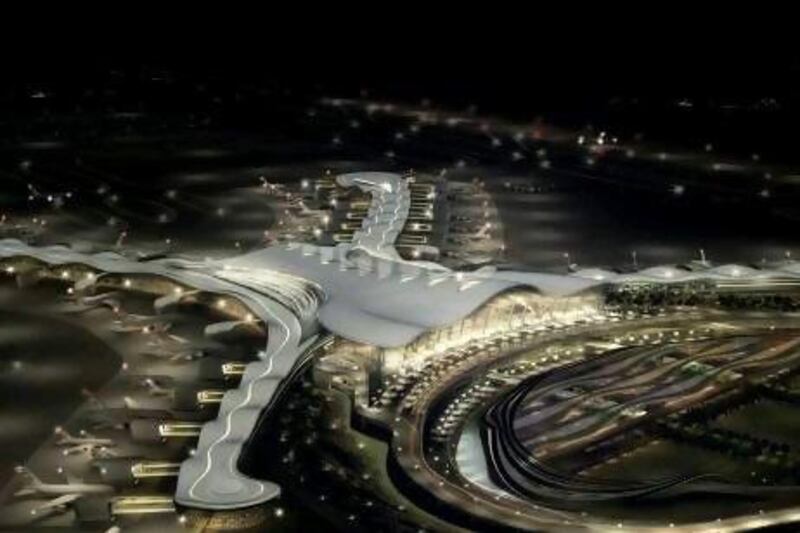Government spending across the GCC will jump again this year, spurred by higher oil prices and sluggish private credit, says the Institute of International Finance (IIF).
But the spending drive will be cushioned by steadily growing foreign reserves. The GCC's net foreign assets will reach US$2.1 trillion (Dh7.71tn) by the end of next year, up from $1.6tn last year, the IIF said.
"Expansionary fiscal and monetary policies are expected to remain in place in light of the continued rise in hydrocarbon revenues, the peg to the dollar, and the modest rebound in private credit," wrote George Abed, the senior counsellor and director of the IIF's Africa and Middle East department, and Garbis Iradian, the deputy director of the department, in a report released yesterday.
The UAE last year said it would increase spending on public sector pay and housing as part of a wave of higher social spending outlays undertaken against a backdrop of social unrest in the Arab world. In January, the Executive Council gave the go-ahead for a host of projects in Abu Dhabi, including Abu Dhabi International Airport's Midfield Terminal and projects on Saadiyat Island. As a result, spending on infrastructure in the capital will rise significantly, Mr Iradian wrote in the report. Overall government spending in the UAE will rise by 14 per cent this year, he forecast.
But an increase in hydrocarbon revenue will more than offset the rise in spending, pushing the country's fiscal surplus up to 4.7 per cent of GDP this year from 4.4 per cent last year.
Higher oil prices would also strengthen the Government's current-account surplus to $51bn this year and push the balance held by sovereign wealth funds up to $580bn by the end of the year. But the government's break-even oil price - the price at which the Government is able to balance its budget - would rise to $94 a barrel from $91 last year.
Similarly, spending was also on the rise in Kuwait, the report said. In response to recent strikes and demonstrations, the Kuwaiti government last month announced a 25 per cent rise in government salaries and a 12.5 increase for pensioners.
Again, the outlay would easily be covered by oil revenue, leading to a substantial surplus this year, the IIF forecast.
Last year, Saudi Arabia unveiled a 24 per cent rise in public spending, including a two-month bonus for public-sector workers and transfers to banks supporting housing and small and medium enterprises. Excluding one-off transfers, the projected rise in spending this year would reach 11 per cent, the report estimated.
But higher oil prices and a sizeable rise in crude oil exports would widen the country's external current-account surplus from $161bn last year to $178bn this year. The kingdom's break-even oil price would fall to $77 a barrel, the IIF said.
Expansionary public spending across the region would help to offset the limited size of an increase in credit extended to private-sector firms, the IIF said.
Smaller rises in oil production would mean overall GDP growth in the GCC would decline to 4.9 per cent from 6.9 per cent last year, it forecast. Growth in the UAE would fall back to 3.2 per cent from 4.7 per cent last year. Saudi Arabia's economic growth would accelerate by 5 per cent instead of 6.4 per cent last year, it said.
twitter: Follow our breaking business news and retweet to your followers. Follow us





